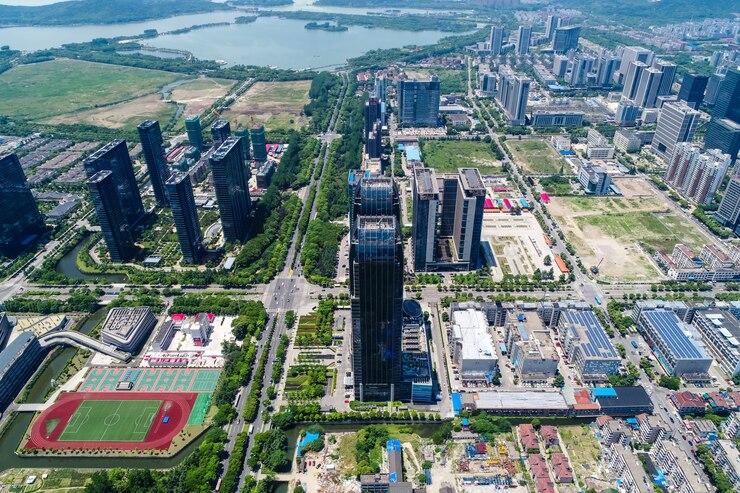A deep desire for comfort and a fulfilling lifestyle fuels the luxury home market. The Indian middle class is on the rise, with growing incomes and increased purchasing power. This has resulted in a demographic shift and the creation of a larger base of potential luxury home buyers, especially in tier-1 and tier-2 cities. The impact of the younger, more ecologically conscious generation on the development of this trend cannot be overlooked.
Over the last five years, housing preferences have transformed drastically, triggered by the pandemic and heightened awareness of the environment and climate change. Consequently, real estate developers are witnessing a surge in demand for eco-friendly luxury homes that offer all the comforts without compromising sustainability.
Residential projects in Delhi and other metropolitan cities are quickly adapting to this shift in housing demands. However, despite the growing interest in these residential spaces, there are certain confusions and misconceptions regarding eco-friendly luxury homes, which are inhibiting potential home buyers from investing in them.
Perceived Cost
Eco-luxury homes often come with a higher upfront price due to sustainable construction materials, and implementation of advanced technologies and specialized designs. Compared to traditional luxury homes, there is a remarkable difference in price. However, these homes have many long-term financial advantages as the reduced energy cost settles the initial investment within a few years. Moreover, the Indian government, both at the central and state levels, offers various incentives to promote green initiatives. One of the key advantages is property tax rebates for homeowners and developers who adopt sustainable practices such as solar energy, rainwater harvesting, and efficient waste management.
Complexity of Maintenance
Imagery of complex technology is often associated with eco-luxury home, indicating that it requires high maintenance. On the contrary, sustainable living is all about effective simplicity. There is minimal extra care involved, and the rewards are substantial.
Aesthetic Concerns
Eco-luxury homes often integrate unique design elements that deviate from conventional luxury aesthetics. In reality, being eco-conscious does not mean compromising on visuals. Moreover, there is a huge scope to take architectural innovation to the next level through designs that infuse both traditional and contemporary styles.
Climate Considerations
The functionality of eco-homes is often brought under scrutiny in both tropical and colder climates. Concerns about climate change, which is causing unprecedented fluctuations in the local climate, also implicate the long-term viability of these developments. In areas prone to power outages or extreme weather, there is also skepticism around the reliability of renewable energy sources like solar panels.
However, the efficacy and adaptability of these homes have been proven. They are constructed with technological installations that are area—and climate-specific, making them the perfect long-term investment.
Eco-luxury home have revolutionized the residential landscape. They are equipped with state-of-the-art facilities that harness the most cutting-edge technology to ensure energy efficiency. Their biophilic design restores a connection to nature that is rarely found within the concrete jungle. Moreover, these spaces are created with a strong emphasis on the wellness of their occupants, incorporating design elements and features that promote physical and mental health. Investing in such developments, thus, would be an investment in the enhancement of one’s own lifestyle as well as the improvement of the larger city environment.
